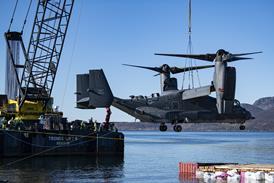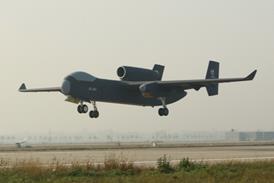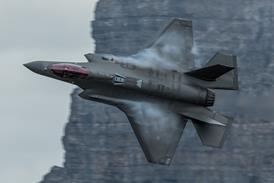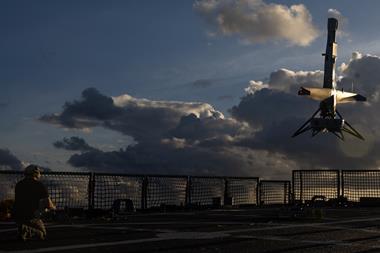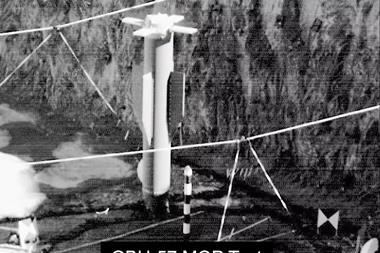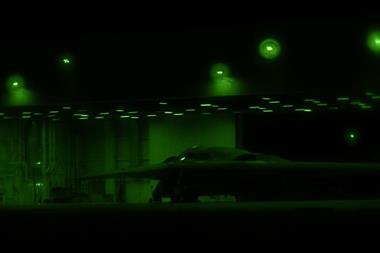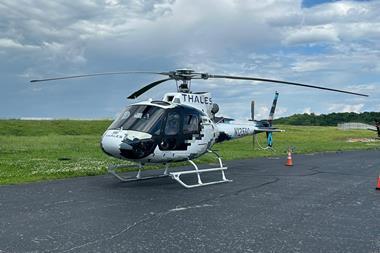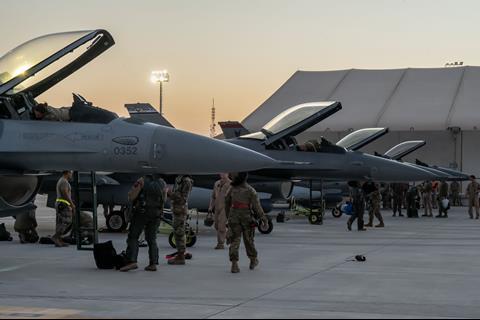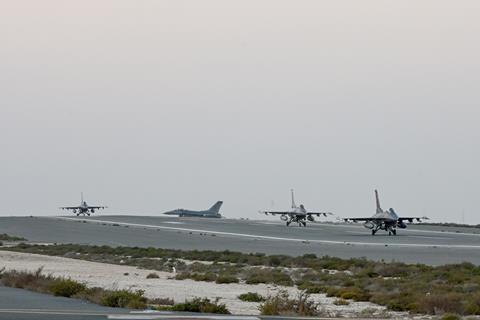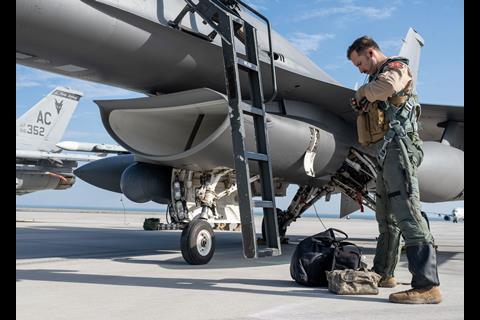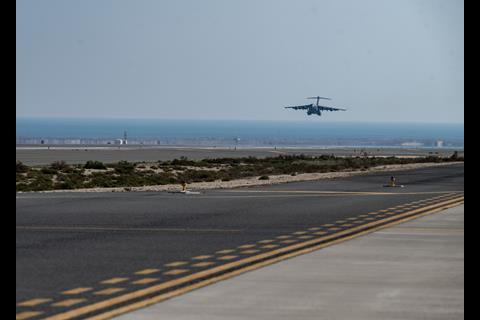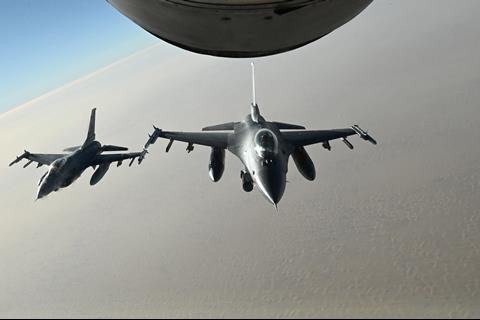Pilots and crew from the US Air Force (USAF) are training with counterparts from Bahrain to rapidly deploy air combat assets to remote locations with minimal support infrastructure.
The series of regular drills, known as Exercise Ballast Cannon, pairs the USAF with the Royal Bahraini Air Force and includes fighter aircraft, aerial refuellers, cargo transports and ground-based support personnel. Aircraft involved in the training include the Lockheed Martin F-16 fourth-generation fighter, the Boeing KC-135 refueller and the Boeing C-17 Globemaster transport.
The latest iteration of Ballast Cannon runs from 6-12 January at an undisclosed location in the Middle East. The USAF says the training provides its airmen the opportunity “to generate unique solutions” to the problem of operating in an austere environment.
The service calls that concept agile combat employment, or ACE.
Military planners in Washington, and the Pentagon’s regional headquarters around the world, are exploring methods for maintaining the sortie generation needed to establish air superiority without relying on large, established airfields that are easier for adversaries to target.
ACE envisions deploying fighters, bombers, tankers and other aircraft from many smaller airfields across a region, rather than housing them at a few mega installations.
In Europe, NATO air forces have been testing the ACE concept by using roadways as ad hoc operating bases for fighter aircraft. Norway completed the first motorway landing of a Lockheed F-35A in September 2023, while in October the Polish air force completed its first road landing exercise in 20 years.
Ballast Cannon offers a chance for aviators and support crew to test the concept during peacetime.
“By constantly integrating with our partners at the tactical edge, while still testing our expeditionary capabilities, we are building readiness and developing operational approaches that complicate the adversary’s problem as well as maintain our strategic advantage,” says Brigadier General Quaid Quadri, commander of the USAF’s 378th Air Expeditionary Wing.
The USAF’s Air Combat Command (ACC) says the drills further the service’s focus on enhancing strategic basing capabilities, while also developing interoperability between multi-national partners in the region.
“The bilateral training focuses on strengthening the bonds between coalition forces and building a foundation for future engagements in support of the combined defence of the Arabian Peninsula,” the ACC says.
Specific training objectives of the exercises include aerial refuelling, coalition command and control and integration of tactical fighter aircraft.




